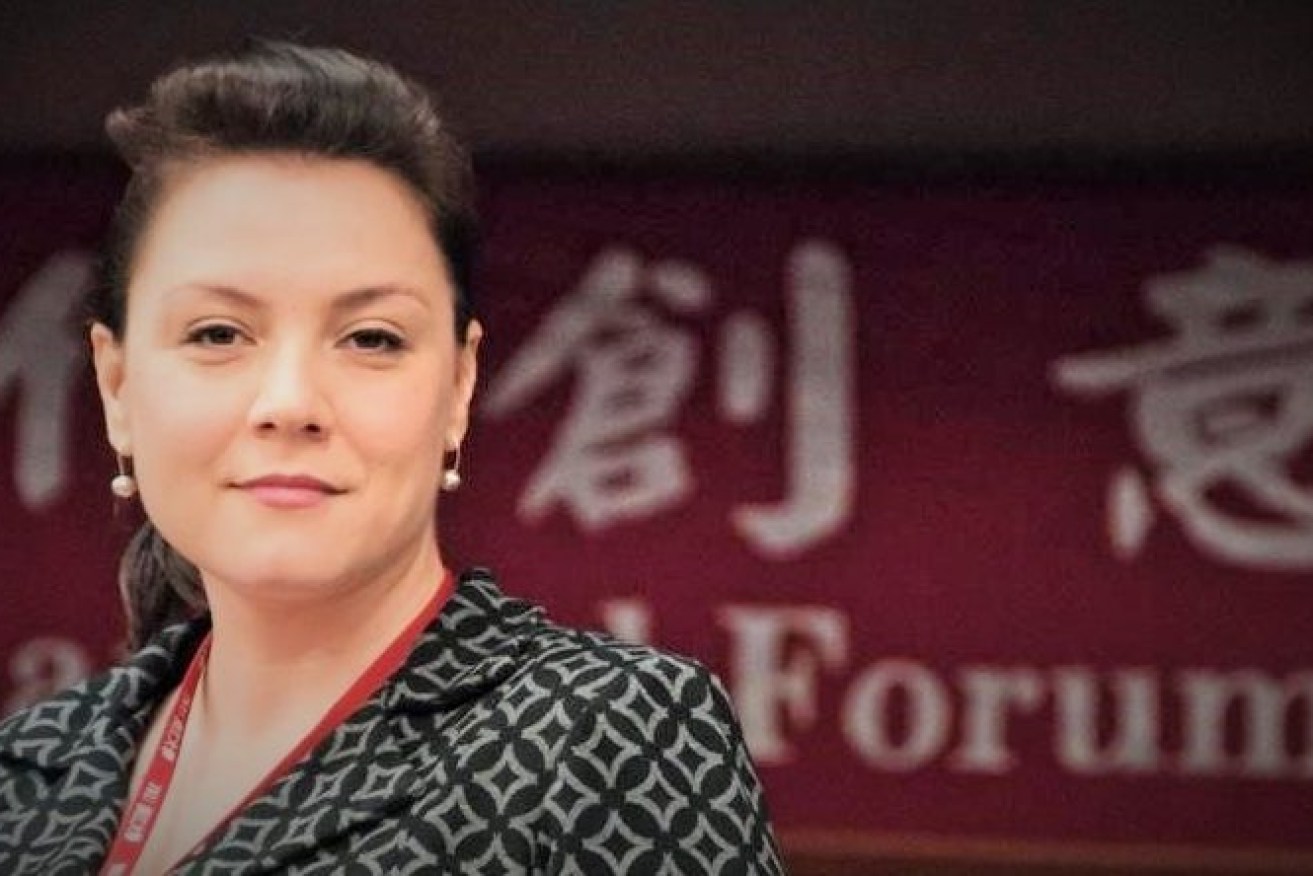What wonderful things we might achieve if we’re all prepared to stretch ourselves
Rather than lock ourselves into work silos and restrictive rules, “stretch jobs” are changing the way we think about work, writes Shane Rodgers.


Dr Ruth Bridgstock. (Image: QUT)
One of my previous employers was perplexed about why our national head office needed hundreds of people while a similar organisation overseas could get by with less than 50.
The difference could be partly explained by a culture of efficiency in the overseas organisation. It had an unrelenting obsession with getting resources to the coalface rather having too many invisible jobs in a distant head office.
The company’s other secret was what I would term “stretch jobs” – positions they ran several functions rather than adopting the traditional notion of one function, one person, one job.
This particular organisation worked out that smart, adaptable people could turn their hands to lots of things successfully, all within the confines of a normal working week. Effectively they were doing a “portfolio” job but doing it in a single organisation rather than across two or three.
This idea of stretch or single-organisation portfolio jobs is starting to crop up in many workplace discussions.
Professor Ruth Bridgstock, currently the Director of Employability at Swinburne University of Technology, has done extensive research on the concept of “transdisciplinary” working.
In the transdisciplinary realm the concept of a “T-shaped” worker has been kicking around for several decades. It effectively means that people need a broad range of shallow skills (the top part of the T) and a deeper core expertise (the trunk of the T) to be effective in a modern workplace.
But wait, there’s more! Bridgstock’s research suggests that even the T-shape skills are not enough.
“My research with successful innovators in various disciplines has shown that one downward stroke (the T trunk deep skill) is nearly always not sufficient,” she writes in one of her research articles.
“Rather, highly successful 21st century professionals tend to be ‘key shaped’ – they possess several areas of disciplinary capability at different degrees of depth. They may have one very deep area of knowledge and skill, but it is accompanied by several others of varying depth as well.”
We are seeing more and more examples of the “key shaped” worker concept. I watched a personal brand presentation a few years ago in which the speaker gave examples of people who had proactively added specific, genuine expertise and knowledge to their roles to lift their value to an organisation and make their roles more interesting.
One went to China on his holidays and leveraged the visits to become the firm’s go-to expert on the Chinese market. Another took a deep research interest in drones and used that for internal leveraging, as well as to attract board positions.
These microtrends may have some profound implications for the way we find and develop talent. Currently, “stretch” roles typically evolve from within an organisation based on the idea being pushed by an individual or roles being “bunched” during restructures.
However, the day might come when more organisations proactively recruit smart allrounders into less defined positions. This would require some rethinking about the way we look for candidates and the type of skills, education and experience we seek.
In a sense, this type of change is inevitable. Technology is driving change at a velocity not seen in any other period of history. Traditional training and job descriptions simply cannot keep up.
The new workforce needs to be able to evolve in real time and mid-race refuel their skills without the luxury of pulling in for pit stop. It needs to be flexible, versatile, agile and able to see change as a constant state rather than a periodic project.
Young workers in particular are demanding new patterns of work and, as digital natives, fast change is generally part of their normal modus operandi. For many it is necessary to avoid boredom and promote longevity with an individual employer.
Another interesting “stretch” development is happening in traditional manufacturing where robots are being introduced on production lines.
I have seen at least one case in which a group of welders, who might have expected to become redundant in these circumstances, were actually kept on to drive the robots. Who better to truly understand the work the robots needed to do? As it turned out, they didn’t need to be robotic engineers to do this work.
Clearly the workforce of the next decade will need to learn to work side by side with robots. But that is a story for another day.
Shane Rodgers is a business executive, writer, strategist and marketer with a deep interest in what makes people tick and the drivers of change. Comments in this article are personal and not related to my day job.












